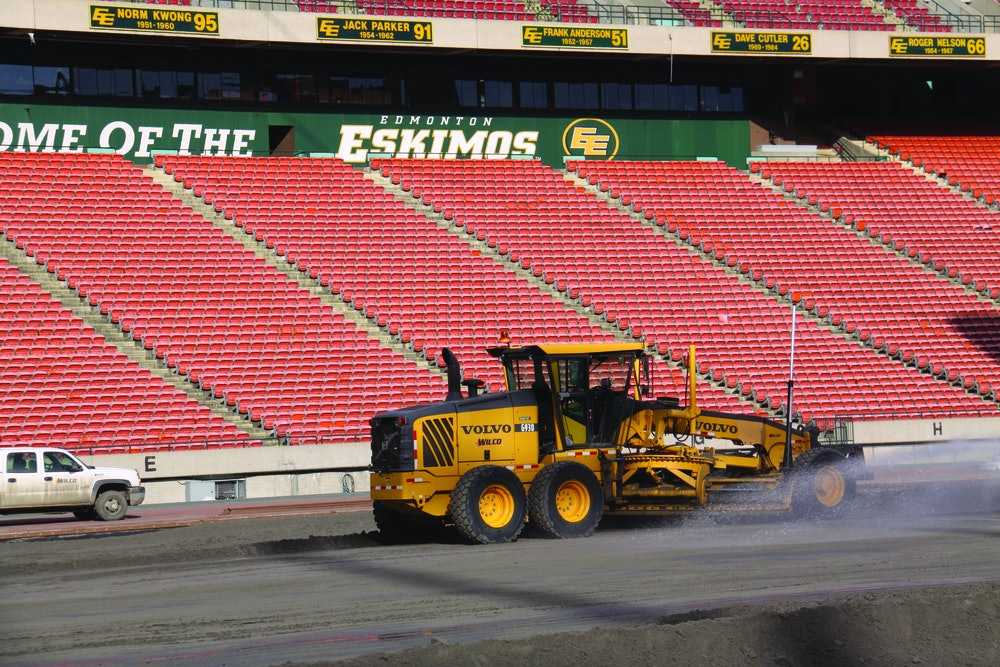Rolling quality control
Rolling operation is the last process of construction, which makes the paved mixture have certain elasticity.
Rolling sequence control
Improper rolling sequence will cause the mixed material to move and pack, which will affect the flatness. In actual construction, the following principles are generally followed:
⑴ Roll from the outside to the center or from the low side to the uphill direction, and overlap 1/2 of the wheel width.
(2) The initial pressure adopts static pressure, and the recompression adopts vibratory roller or large tire roller. Other construction plant, clink this.
(3) The final pressure should be carried out with a double-wheel steel drum roller or a vibrating roller with the vibration function turned off until the wheel traces are eliminated. In order to avoid stacking of the mixture during rolling, the driving wheel should face the paver, the driven wheel should be behind, and the rolling route and direction should not be changed suddenly.
⑷ Control the rolling degree of the road roller. The initial pressure speed should be controlled at about 2km/h, the recompression speed should be controlled at about 4km/h, and the final pressure speed should be controlled at about 3km/h.

Rolling process control
(1) Initial pressure, the initial pressure of the first stage is often called the voltage stabilization stage. The initial pressure should be carried out at a relatively high temperature, on the principle of not causing slippage and cracking. The initial pressure temperature should be determined by trial paving according to factors such as asphalt consistency, roller type, and initial paving density. Usually, a 6-8T twin-wheel vibratory roller is used for rolling 2-3 times at a speed of about 2KM/H.
(2) Recompression, the second stage of recompression is the main compaction stage, and at least the specified degree of compaction must be achieved in this stage. The recompression should be carried out at a higher temperature and immediately following the initial compression. Usually, two-wheel vibratory road rollers (compacted by vibration) or heavy-duty static two-wheel road rollers and tire rollers above 16T are used for rolling together, and the rolling method is the same as the initial pressure. The number of times of rolling is determined with reference to the number of times of rolling obtained when the test section is paved, usually not less than 8 times.
(3) Final pressure, the third stage final pressure is the last step to eliminate defects and ensure the surface layer has a good flatness. Since the final pressure needs to eliminate the unevenness left on the surface during the recompression process, the asphalt mixture from plant also needs to have a higher temperature. The final pressure usually uses a static tandem roller and should be carried out immediately after the recompression, and the final pressure should be completed at a higher temperature as much as possible.
Processing of seams
Joint treatment The unavoidable working joints (horizontal joints) in the construction have a great influence on the flatness, and the horizontal joints must be treated during construction.
(1) Direct seam (flat seam) is used, which can be cut with a cutting machine. During the second paving, the first paving joint should be preheated and rolled together with the second paving joint, requiring horizontal rolling 3-4 times to ensure the rolling effect.
(2) The joints should be staggered at each structural layer, generally not less than 50cm.








